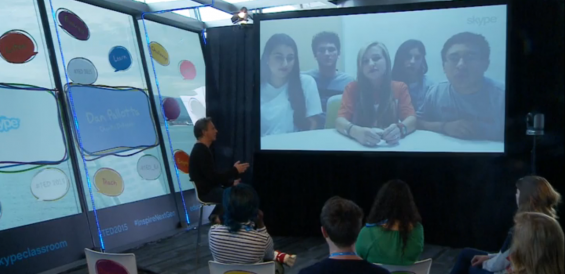
How do you use TED-Ed to teach science? One educator’s tips.
Nola-rae Cronan is the Dean of Students at the Cranbrook Kingswood Middle School for Girls in Bloomfield Hills, Michigan. When she’s not teaching science and health at Cranbrook, she curates the school’s TEDxWomen events. Her idea worth spreading? “Unless we, individually, are actively working to combat sexism and racism, we are part of the problem.” At TEDActive 2015, she took a break to share 3 tips for teaching science and health using TED-Ed.
Assign TED-Ed lessons on days when school is closed for weather reasons.
“On snow days, TED-Ed is really great because it allows us not to lose that classroom content time. So, on snow days we require students to check our Intranet for assignments. Then we assign TED-Ed videos for them to watch and ask them to answer the questions or post to a private student blog.
Check out the TED-Ed Animation on smallpox.
“I teach infectious diseases, noninfectious diseases, and reproductive health — and my favorite animated video from TED-Ed is the one on smallpox. I love it because it allows kids to learn about trial and error, and to see that developing something new can come from an obscure place. I also like the fact that women were highly involved. At a girls school, that’s always a bonus.”
Show videos that inspire students — especially girls — to take risks.
“In the fields of science, technology, engineering, art, math — STEAM, the whole idea — sometimes girls feel like that isn’t accessible to them. And it can be,” says Cronan. To inspire her class, she likes to highlight Jack Andraka’s TED Talk: A promising test for pancreatic cancer…from a teenager. “Here’s this young guy who had an idea and was able to push forth his own research. Being rejected, trying really hard, the fact that he joked about using Wikipedia as a research tool — these are all things that I hope my students will see and say, ‘I have ideas, I have things I like to do, and if this cool kid did it, maybe I can too.’ The more we encourage students to take risks, the more they can find success,” she adds.
What are your favorite tips for teaching science using TED-Ed? Let us know in the comments.




